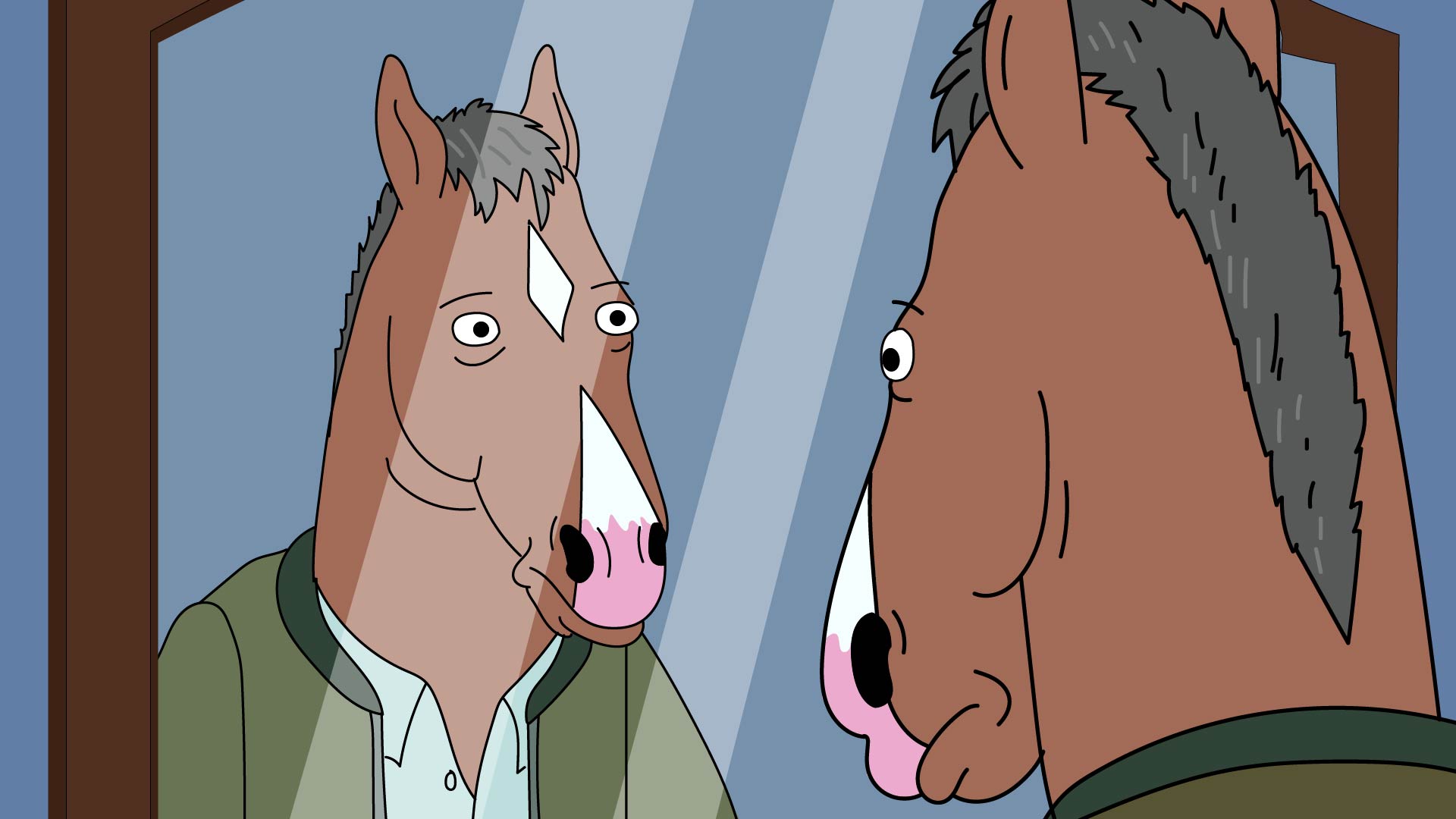The ‘mirror test’ is the gold standard for the measurement of self-awareness in animals. After secretly placing a mark (usually a red dot) on an animal’s body, which can only be seen on a reflective surface, the animal is introduced to a mirror. Behaviors like probing for the mark or scratching/pecking at the mark is considered to mean that the animal recognizes itself in the mirror.
A group of researchers led by Paolo Baragli have found evidence for self-recognition in horses using the mirror test. The horses tested (N=11) performed head movements, peek-a-boos, and tongue protrusions almost exclusively when they were able to see the mirror and themselves in it (as opposed to when the mirror was facing away from them). They also spent significantly more time scratching their face while in front of the mirror after a yellow or blue mark was placed on their cheeks.
Human infants can pass the test when they are about 18 months old. Some chimpanzees, orangutans, elephants, bottle-nosed dolphins, and magpies have officially passed the test. The internet has convincing demonstrations of self-awareness by cats; making them unofficial inductees of the self-awareness club and our obsession with cat videos, fruitful.
Read more about the study here.







